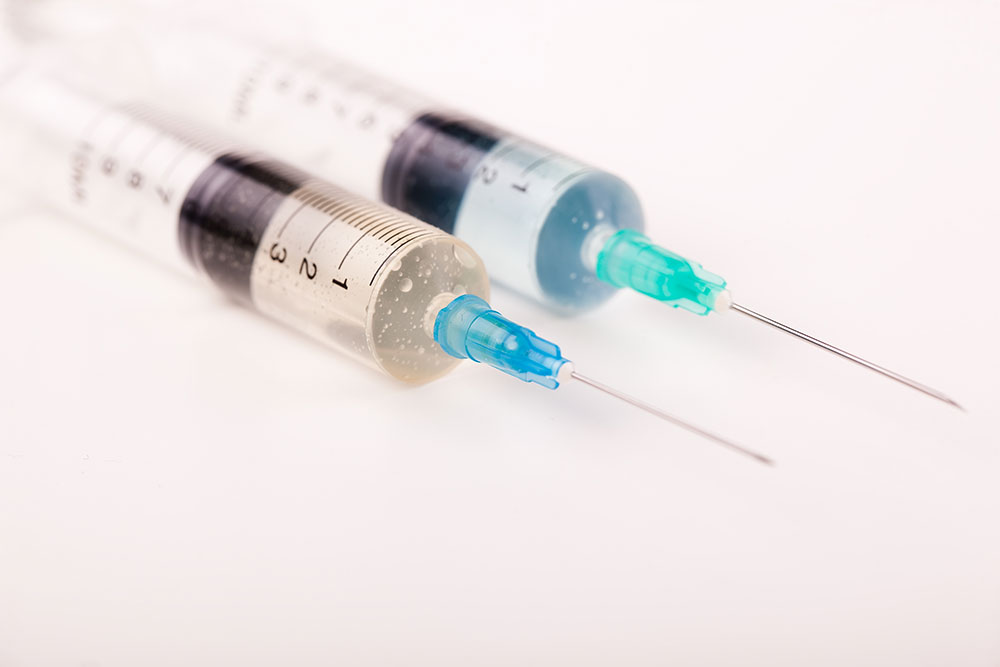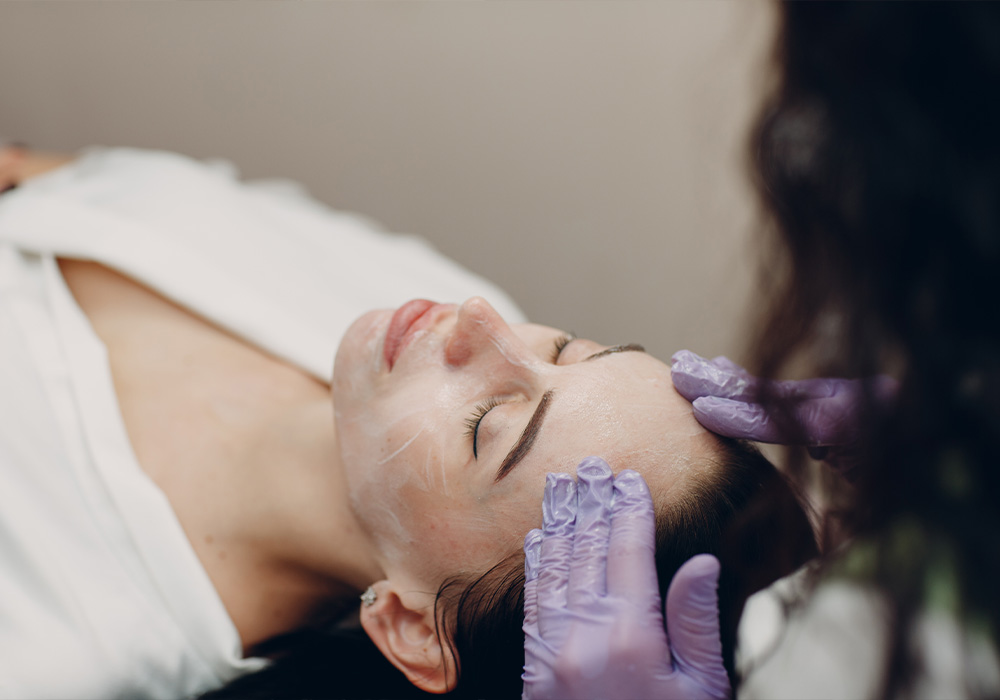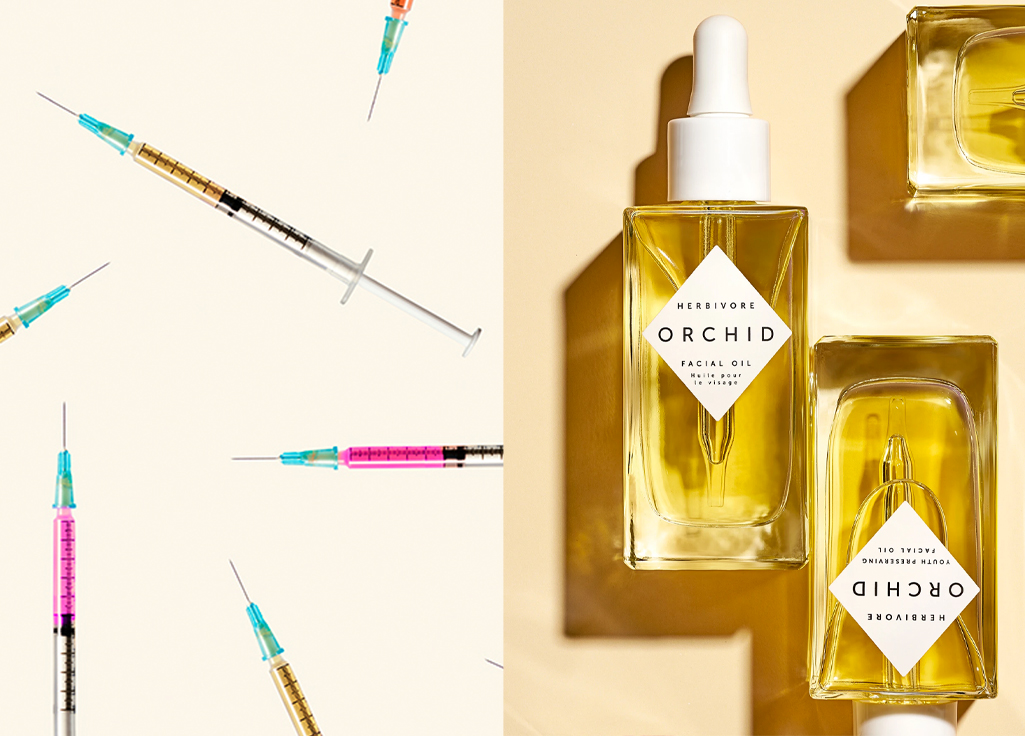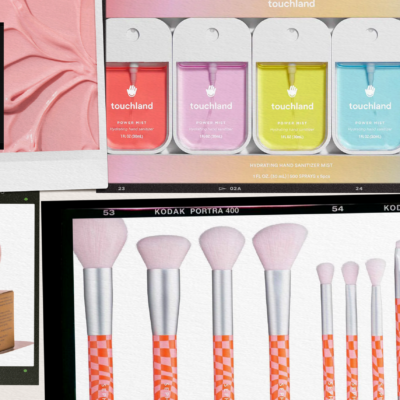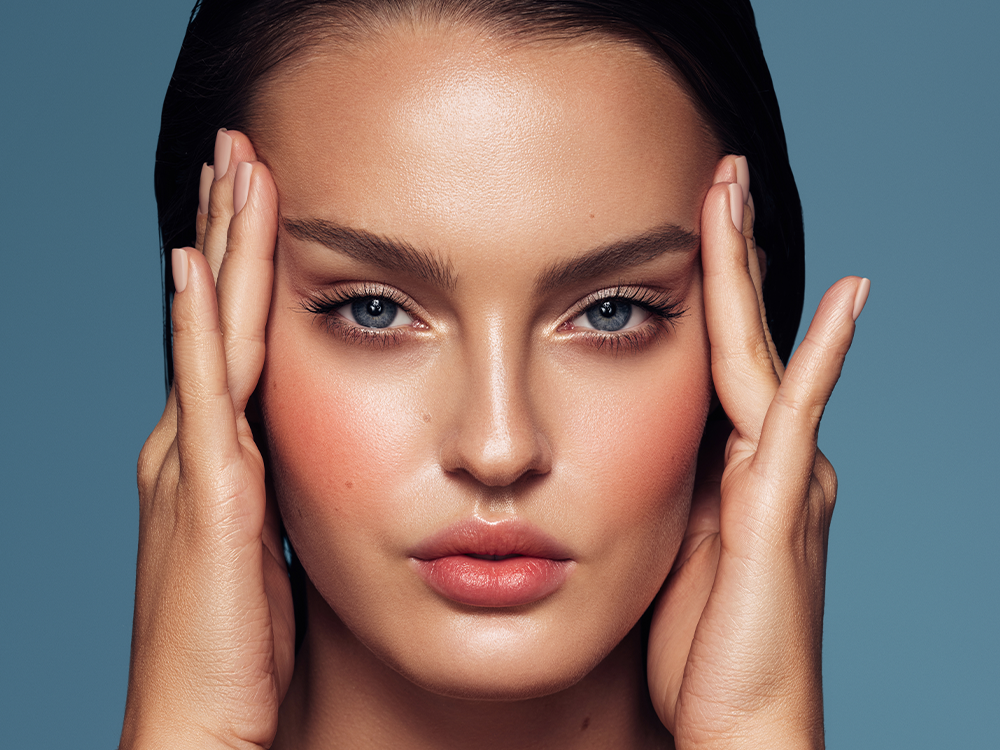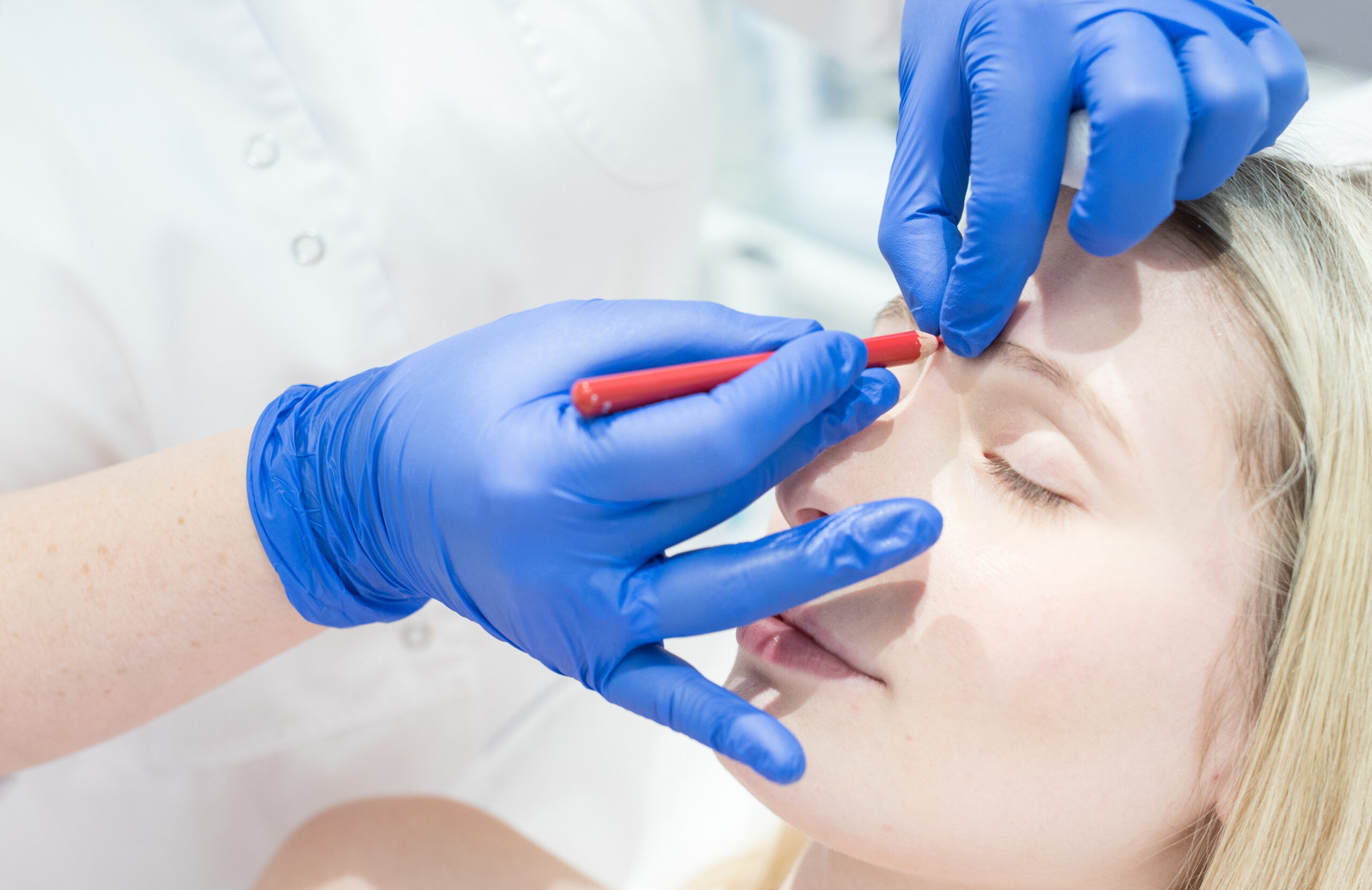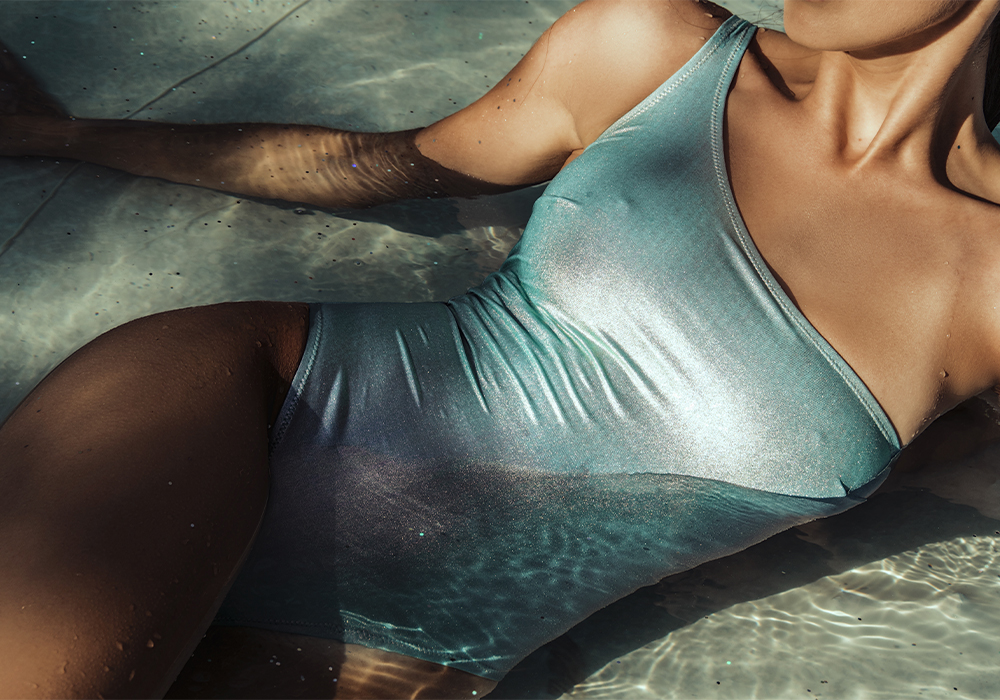When it comes to restoring facial volume, not every dermal filler was created equally. While hyaluronic acid fillers tend to get all the glory, their lesser-mentioned cousins, Radiesse and Sculptra Aesthetic are two alternative options that doctors use to plump, sculpt and rejuvenate the face. NewBeauty asked dermatologists to explain the difference between the two and describe what each one does best.
You May Also Like: Derms Explain the Differences Between Restylane and Juvéderm
Long-Lasting Filler Basics
“Sculptra Aesthetic and Radiesse are both biostimulatory fillers that generally have longer lasting results versus more popular hyaluronic acid fillers,” explains Davie, FL dermatologist Marianna Blyumin-Karasik, MD. “Both can be diluted to help with body skin crepiness, tightened and wrinkled skin improvement after several treatments”
There are two types of dermal fillers says Saddle Brook, NJ dermatologist Dr. Frederic Haberman: fillers that provide volume replacement, like hyaluronic acid-based fillers, and collagen biostimulators, such as Sculptra and Radiesse. “These two types of fillers generally have their own characteristics, drawbacks, benefits, and application type. Biostimulators promote collagen growth through fibroblast activation, which is either inflammatory—like with Sculptra— or noninflammatory like Radiesse, depending on the involvement of a foreign body response. Over time, the formation of collagen has corrective benefits that extend the results of fillers over a long period of time, which is usually between one and two years.”
Radiesse
Approved for use in various areas, Radiesse can treat marionette lines, the corners of the mouth, the pre-jowl fold, chin wrinkles and the hands. “Radiesse is made of calcium hydroxyapatite gel (alike to crushed artificial bone) and immediate results are seen. Radiesse can be diluted or mixed with hyaluronic acid fillers depending on what is needed of the product. Results last for a year to 18 months,” says Germantown, TN dermatologist Purvisha Patel, MD. New York dermatologist Jared Jagdeo, MD explains: “Radiesse is especially helpful and useful in patients who have begun to show signs of aging related facial bone and volume loss. It can be used to accentuate the bone structures of the face to emphasize the cheekbones, temples, and jawline.”
“Radiesse is great as a standard filler to build the jaw, chin or temples,” adds Fresno, CA dermatologist Kathleen L. Behr, MD. “I love it diluted to help improve skin texture on the anterior thighs, arms, buttocks, abdomen and face. My favorite combination is injecting diluted Radiesse immediately post Ultherapy to boost both procedures.”
Sculptra Aesthetic
Sculptra uses microscopic particles in the filler to stimulate collagen production within the skin to treat and correct moderate to severe facial wrinkles and folds. “Sculptra is made of poly-L-lactic acid, which is essentially crushed up suture material, and stimulates collagen to form on the product to give volume. Results are seen after six weeks and can last up to two years,” says Dr. Patel. “It needs to be reconstituted in advance of injection and can be done in different dilutions depending on where it is needed.” This boost in collagen is essentially an immune reaction to the filler that helps plump the area injected from within. Most patients require an average of three treatments spaced three to four weeks apart.
“Sculptra has zero lifting or shaping ability as it’s not a filler,” explains Spokane, WA dermatologist Wm. Philip Werschler, MD. “It is a pure collagen stimulator; all of its effect comes about through the stimulatory effect on Type 1 collagen, thus any effect is natural stimulation.”
Which Longer-Lasting Filler Is Best?
As all the doctors we spoke to agreed, there is no “winner” when comparing the two fillers. The choice of which one to use comes down to the patients’ needs and the type of results they seek.
“Radiesse provides instant improvement. Sculptra works only as a stimulatory filler. It is excellent for large areas but must be done over a series of treatments taking four to six months to achieve total correction,” notes Spring House, PA dermatologist Margo Weishar, MD. “However, once correction has been reached, it tends to last longer than other fillers and require less maintenance. Patients may also use Radiesse for instant improvement and combine with Scultptra for a slower gradual change.”
“We lose one percent of collagen each year and both Sculptra Aesthetic and Radiesse can help reverse that. Off label, in my practice, Sculptra has been fantastic, particularly for cellulite improvement for which many energy devices underperform.” —Chicago dermatologist Gabriel J. Martinez-Diaz, MD
“Radiesse has more utility as a rejuvenating tool. It can be used as supplied for facial shaping, broad-area collagen stimulation, hand augmentation and deep wrinkle and line filling. It can also be diluted to use like Sculptra. As it is highly viscous, it is not suitable for superficial placement. Thus, it is not recommended for areas with thin skin, such as the lips or lower eyelids, and should not be used for the treatment of fine lines and wrinkles” — Dr. Werschler
“Sculptra Aesthetic can mimic and replace volume loss in structures such as bone and fat, as well as improve skin texture. In general layman’s terms, I would characterize Sculptra as more of a ‘liquid facelift’ and Radiesse as an implant, providing sturdy reproducible results.” —Fort Lauderdale dermatologist Igor Chaplik, MD
“Radiesse and Sculptra can be used in very similar ways. Most cosmetic dermatologists use both ‘off label’ as a diluted form for global volumization of the face and even areas off the face. Both are good options for collagen production leading to tighter skin. Radiesse allows for more immediate results in volumization and Sculptra works longer at producing collagen. I love both products and use both for the face, neck, décolletage, hands and body.” —Birmingham, AL dermatologist Holly Gunn, MD
As Dr. Patel notes, who performs your injections is just as important as the product they are using: “Injecting too superficially, inaccurate dilution and poor placement of both products can lead to complications. Seek a board-certified dermatologist who has the knowledge and experience to use these products safely.”
